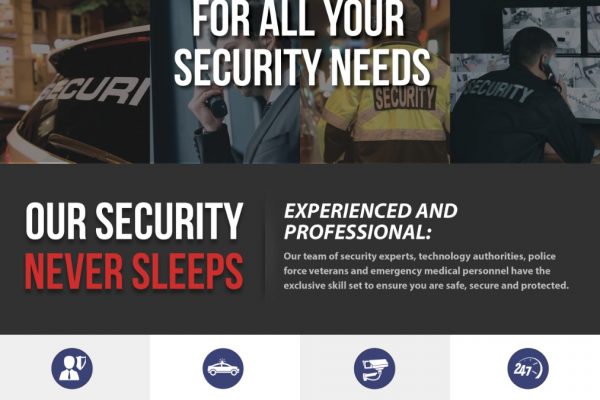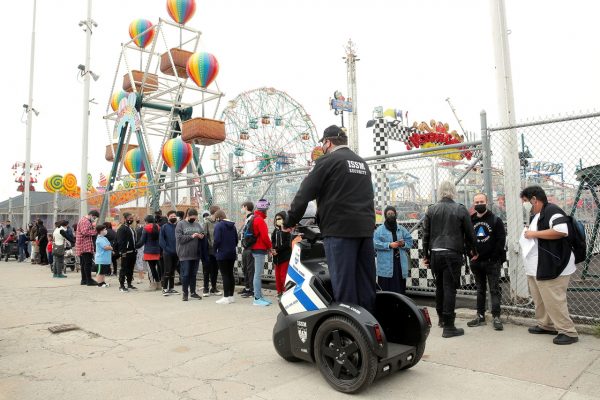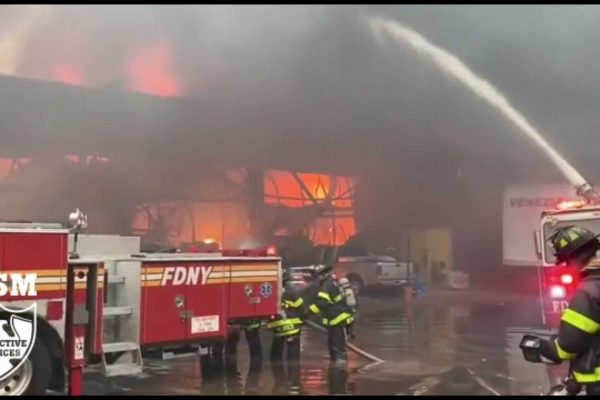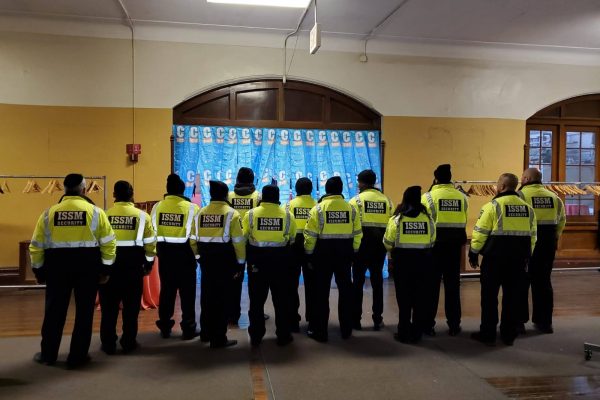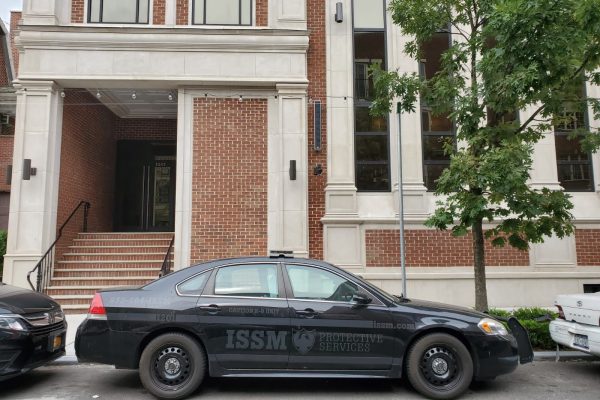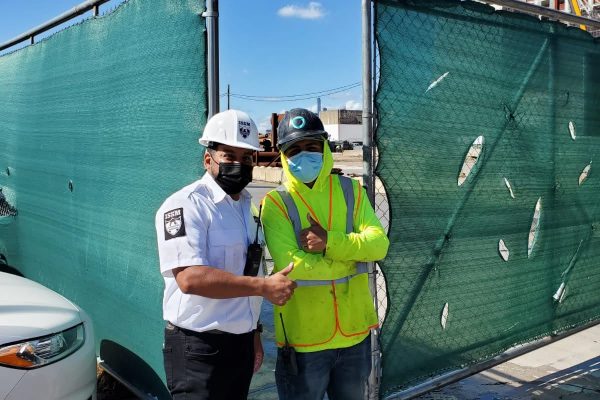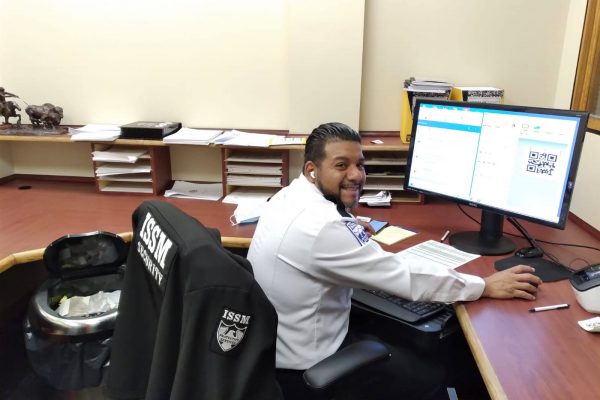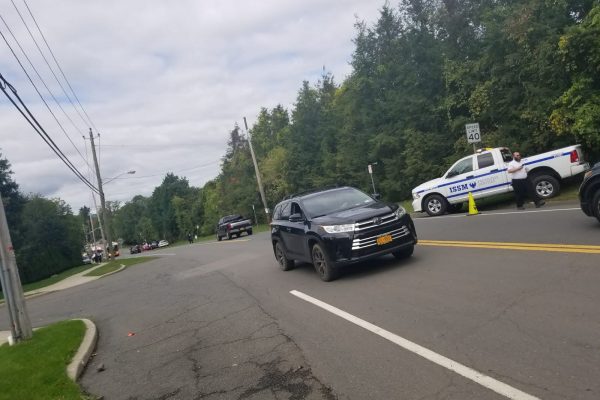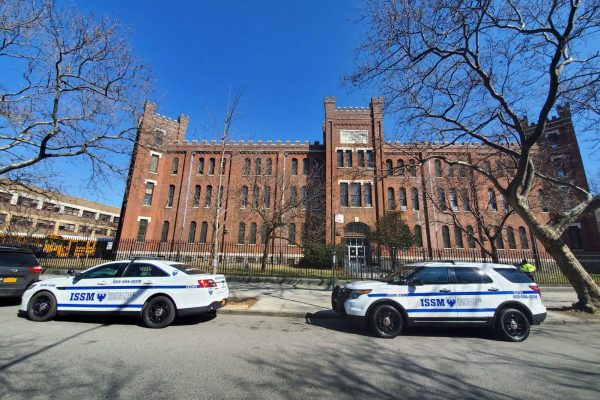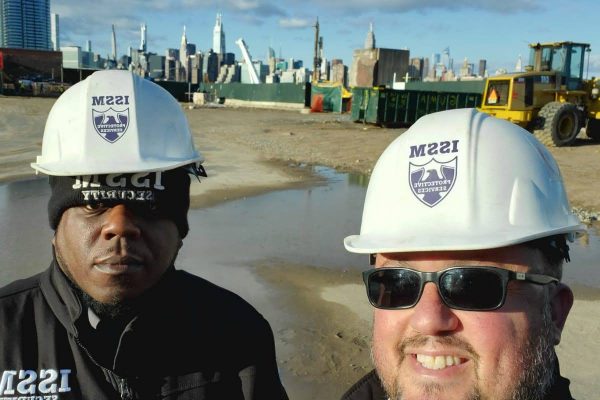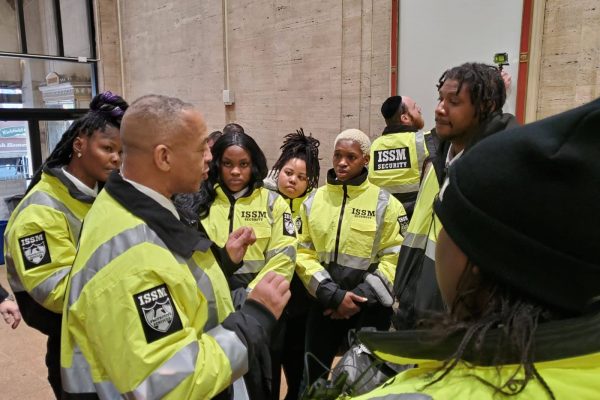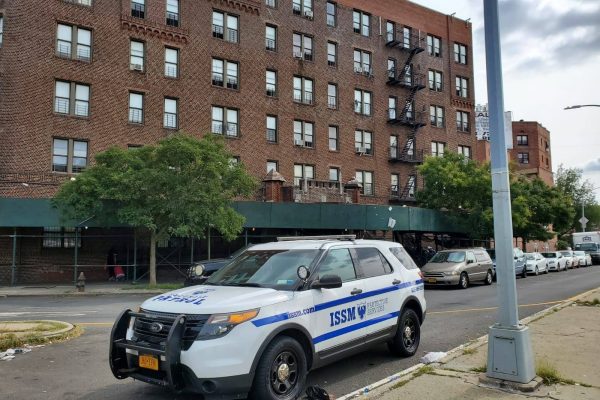If you think of a security officer, dressed in uniform, what color is the outfit? Blue, right? Not white. Not red. Not green.
The blue uniform has become equated with police officers, and since security officers offer similar protection to the police, the natural color for private security personnel to don also became blue. Color association is powerful, and since the public associates blue with security services, blue the uniforms remain.
The first official US police force was established in New York City in 1854, followed by Chicago in 1858, and these first professional policemen wore dark blue uniforms. But how did blue come to be the color associated with police? Some say it’s due to the British, whose first professional police force was established in 1829 under the Metropolitan Police Act. The British chose blue uniforms for their police officers as a way to distinguish them from the British military, whose uniforms were red and white. However, the real reason that the first US professional policemen wore blue was to give usage to all of the surplus Civil War uniforms from the Union side, which were dark blue.
Note the shade of blue for most of the uniform – it’s dark, usually navy blue. No baby blue, no turquoise. Deep. Staunch. Psychologically, a dark blue represents groundedness, stability, and trust. In other words, people feel secure when they see dark blue, especially as a uniform. Therefore, the dark blue clothing is useful for a police force’s image, since the police’s role is to protect the public from harm. Simply put, dark blue represents protection you can rely on.
Another reason given for using dark blue uniforms for police is that dark blue camouflages easier at night, allowing police officers to get away with surprise night arrests. But, unfortunately, the camouflage factor also results in friendly fire, so the night-time argument doesn’t seem to be the main reason dark blue is the most oft-chosen color for police force uniforms.
Uniforms send a message of identity. For private security officers, the message is: My role here is to protect. ISSM offers uniformed private security officers (in a variety of uniform colors, according to role), as well as those who go undercover, sans uniform. Either way, a private security officer’s outfit can make all the difference, depending on your needs. Give ISSM a call to discuss your options.
Related articles of interest:

